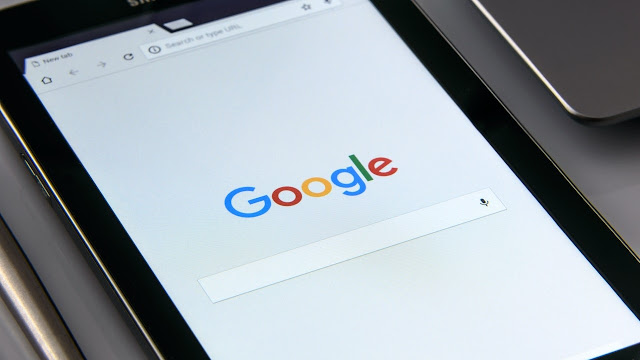Believe it or not, the digital divide is still prevalent today. The digital divide refers to the gap between the communities that have network technology at their disposal and those that do not have access to a working internet connection.
This is extremely problematic because it points towards the disparity that people experience in economic opportunities, as in who’s got internet access or who doesn’t.
The coronavirus pandemic is one prime example of how deeply rooted the digital divide is in many countries. The rapid shift from physical activities to online in every single aspect of people’s lives, their education, jobs, groceries, health services, etc. proved to be quite alarming and shed light on those who didn’t have an internet connection.
A Pew Research study from June 2022 has the following estimates to prove that: About four in ten adults do not have an internet connection at home (43%), nor do they own a desktop or a laptop (41%). Other than that, 24% of American adults do not have a smartphone.
Context
- Emergency Broadband Benefit (EBB)
- Colleges in the US
- Other Possible Solutions to Digital Divide
- Empowering Internet Users
- Relevance of Online Content
- Internet Infrastructure
- Technical Support
- Wrapping Up
Emergency Broadband Benefit (EBB)
To address the digital divide during the coronavirus pandemic, the Federal Communications Commission (FCC) introduced the Emergency Broadband Benefit program. This governmental program was aimed towards providing internet service at discounted prices to deserving households. All the participants had to do was fill out the application form, and, if found eligible, apply for the best internet services like Xfinity in their area. That way they were automatically provided with $50 off on their internet bill every month.
This year, though, the US government renamed EBB to Affordable Connectivity Program (ACP), with the aim to broaden their reach towards closing the digital divide.
Related: Top 10 Tablets for Working
Colleges in the US
The coronavirus pandemic also put a strain on college education. College students went from having access to technology and the internet in their college computer labs to being stuck at home with no means of attending their online classes.
To deal with this dilemma, colleges, and other educational institutions had to set up facilities to help students adapt to the new normal. For instance, colleges like Everett Community College in Washington loaned Chromebooks to their deserving students and also installed Wi-Fi hotspots. Faculty members could also make use of the same facilities. Other schools such as Lewis University in Illinois or the University of Kentucky designed parking lots or other public spaces where students could use Wi-Fi.
Other Possible Solutions to Digital Divide
Having access to the internet and technology is crucial for any development in society, which is why we need to do more towards making it easy to obtain for every American. Here are other possible solutions for closing the digital divide in the US:
Empowering Internet Users
Even when people have access to an internet connection, they still do not take advantage of its full capabilities. Because they have a limited understanding of how the internet works and the things they can find there.
Google is the biggest search engine that helps people find things they otherwise wouldn’t have access to, but most internet users are not aware of that. Hence, the public needs to be educated on how to utilize the internet and make use of the benefits that come with it.
Related: Top 10 Best Laptop For Video Editing Under $700
Relevance of Online Content
Also, internet users cannot find content or mobile applications because they are not available in their languages. This can be dealt with by designing online applications and content in local languages. This will be incredibly helpful for internet users to keep up with the changing trends.
Internet Infrastructure
Lack of proper internet infrastructure refers to poor or zero internet connections in most parts of the region. The lack of such infrastructure is because the system and technology needed to install an internet connection are incredibly costly, especially in rural areas. The solution to it would be to introduce the use of satellite technologies, drones, or earth-orbiting balloons to provide internet access in rural areas. The use of the best router is also essential.
Related: Top 10 Best Convertible Laptop For Artists
Technical Support
Institutions and companies should have technical support readily available so that they can accommodate anyone who is facing any issues related to the network. Unavailability of such support can lead to teachers, students or employees feeling demotivated towards their work.
Wrapping Up
The digital divide is real, and by looking into it, we become more aware of it being problematic to economic development. However, it can be eliminated by addressing the lack of awareness about internet use, poor infrastructure, low quality of content available on the internet, and many others. That will hopefully result in minimizing the gap leftover by the digital divide.

